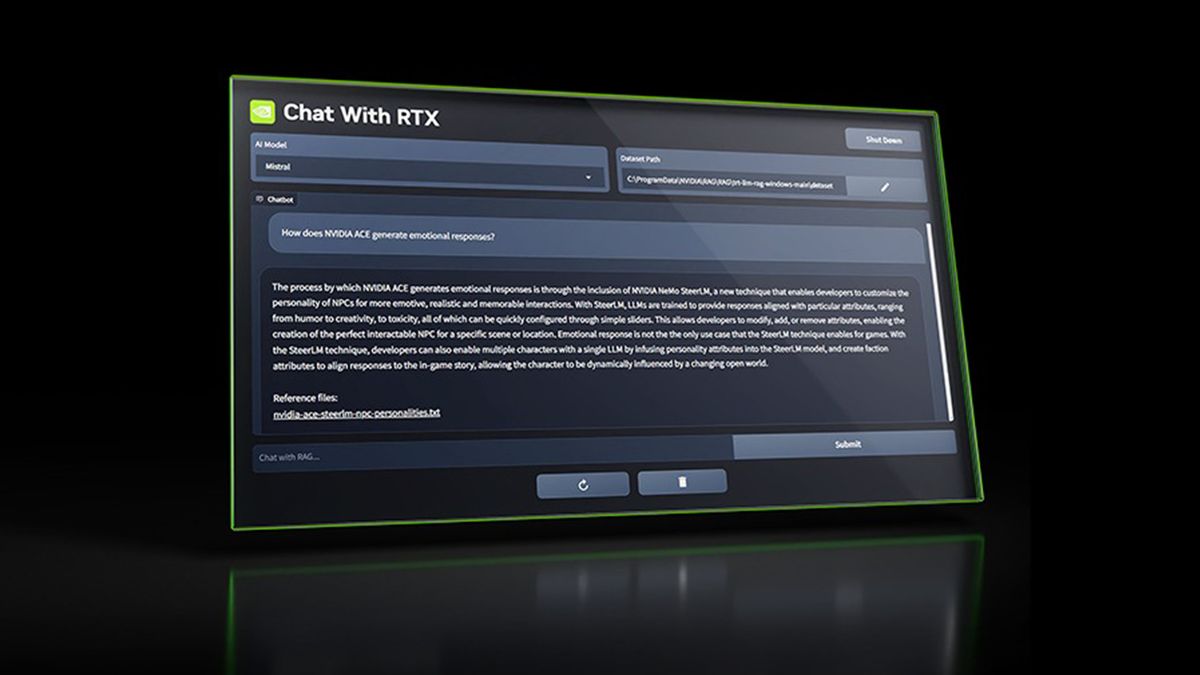For organizations around the world, data has become a vital strategic asset, essential for driving high-velocity decisions, increasing customer satisfaction, and boosting operational efficiency and profits. Data provides the vital insights organizations need to develop long-term strategies, optimize processes, and empower frontline workers, and it delivers the contextual information and evidence needed to support informed decision-making across all functions and areas of the business.
In today’s digital age, there is no shortage of organizational data that can be used for in-depth analysis thanks to the growing number of connected devices and the rise of artificial intelligence. However, many companies struggle to harness these data assets and leverage these insights effectively and efficiently, and that is proving to be a major obstacle to creating a data-driven culture that delivers the business value the organization needs.
CTO and co-founder, Agile Lab.
Taking advantage of a complex and growing data ecosystem
The potential benefits of deeply analyzing large data sets to make better decisions are well documented. Yet many companies find it difficult to put their data-driven roadmap into action, despite making large investments in technology and data management tools. As a result, they are forced to collect huge volumes of data in the hope that they can eventually unlock its latent value.
Becoming a truly data-driven enterprise depends on addressing a few key challenges, from aligning goals with strategy to deliver desired insights to ensuring data lakes and warehouses brimming with untapped potential are best utilized to deliver actionable business intelligence.
Most importantly, however, data governance has emerged as a critical element in facilitating the effective management and use of data across the enterprise. Yet, many organizations find it difficult to align their data governance efforts with real-world business objectives and ensure that the right people can access the right data at the right time. In an increasingly data-driven world, organizations will need to rethink their governance frameworks if they want to effectively manage and use data.
The urgent need to redefine data governance
Today’s large enterprises have a massive data footprint, but to make better business decisions, business leaders need to know what insights their data can reveal. Key to this process is good governance that ensures data is trusted, secure and available. And therein lies the problem.
Many organizations find it impossible to enforce strict governance frameworks that ensure data is consumed and produced in accordance with internal standards for quality, integrity, architecture, compliance, and security. This situation is further complicated by the diversity of systems, formats, and locations that make it difficult to access, consolidate, process, and enforce consistent governance standards without significant manual intervention.
Having deployed a combination of sophisticated tools and highly trained personnel to extract meaningful insights from their assets, companies find that they still face painfully long lead times that can stretch into months and years. Not surprisingly, frustrations around the difficulties associated with leveraging data assets and transmitting insights to users are mounting.
To close the gap between data governance objectives and their effective implementation, organizations will need to go beyond standardized processes and define a new approach to data governance.
Taking back control with computational governance
What is needed is a reliable method for enforcing enterprise-wide governance rules that, like guardrails, remain in place throughout the data lifecycle no matter where it resides. This is where the concept of distributed computational governance comes in.
Unlike data management tools that create, copy, and move data, computational governance is an approach that enforces a consistent, automated governance framework across the enterprise. It is a revolutionary approach that enables companies to enforce internal standards and security controls, while empowering data consumers and producers to accelerate data discovery and project development.
With computational governance, companies can quickly unlock the potential value of their existing data without the need for further consolidation. By overseeing all data tools and technologies, rather than replacing them, computational governance is a game-changer that automates governance processes and ensures compliance with policies and regulations.
Built-in customizable guardrails ensure that every project meets relevant global and local standards and cannot reach production unless predefined policies are followed. This covers everything from data quality, integrity, and architecture to compliance and security. Since circumventing the system is not an option, relying on trust for compliance is a thing of the past.
Additionally, computational governance enables organizations to fully realize their data-driven potential, allowing them to adopt new tools as needed and incorporate structured and unstructured data as business demands evolve.
Revolutionizing business performance and agility
A computational governance approach enables data professionals to eliminate time-consuming tasks such as finding and validating data integrity before starting projects.
Data teams simply create and customize specifications that lay out all required data practices, internal policies, compliance rules, and architecture standards. Smart templates help data professionals automate any technology and practice, reducing delivery of new and existing projects from years to months.
In addition, an easy-to-use interface means that users with the appropriate permissions can search and retrieve business-relevant information without requiring technical assistance from data administrators. All of this enables faster time-to-market and radically improves the company’s responsiveness to new opportunities or market changes by distributing data ownership across business domains. But that’s not all.
Unleashing the data-driven enterprise
By addressing the shortcomings of traditional frameworks and paving the way for a more agile, reliable, and cost-effective governance model, a computational governance approach simplifies how enterprises transition to distributed data mesh architecture models that treat data as a commodity and organize data by specific business domain.
By providing all the consistency and control needed to drive a fully functional mesh model that gives domain experts the freedom to work with the data they know best, computational governance addresses multiple business needs: domain-oriented ownership; self-service data infrastructure as a platform that democratizes the ability to access and act on data; federated governance; and data as a product.
Computational governance provides the protections today’s enterprises need to break down data silos, ensure compliance and security standards are maintained, and give domain experts the autonomy to unleash the full potential of their data assets.
By enabling the balance of governance, control, and performance to enable data to become a true business enabler, computational governance addresses the shortcomings of traditional frameworks that prevent us from becoming a truly data-driven enterprise.
We list the best cloud management software.
This article was produced as part of TechRadarPro's Expert Insights channel, where we showcase the brightest and brightest minds in the tech industry today. The views expressed here are those of the author, and not necessarily those of TechRadarPro or Future plc. If you're interested in contributing, find out more here:









